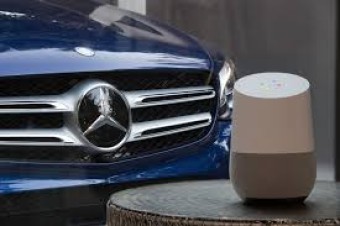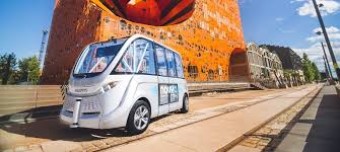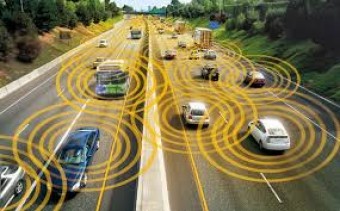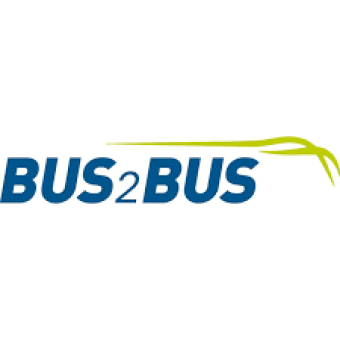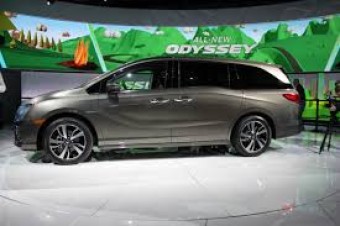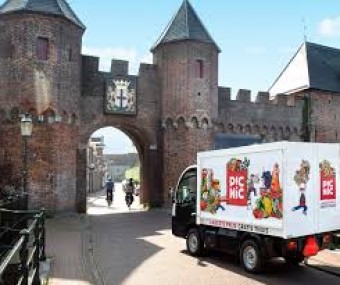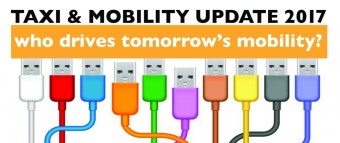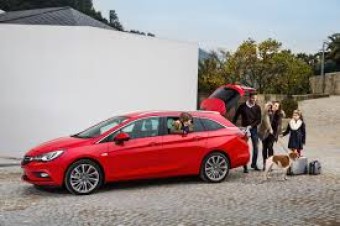Mercedes-Benz makes customers’ lives easier with Google Home and Amazon Alexa
Customers will be able to use both Google Assistant on Google Home and Amazon Alexa with all 2016 and 2017 Mercedes-Benz models in the United States. Customers are increasingly benefiting from seamless and intelligent interactions between Internet of Things (IoT) devices connected through their Mercedes-Benz cars. Voice-activated personal assistants are one such means of interaction, supported by robust artificial intelligence (AI). By connecting these powerful services to Mercedes-Benz’s vehicles, customers gain personalized engagement and experiences.
With targeted commands to their personal assistant-enabled and voice-enabled devices, customers will be able to activate various functions for their vehicles. Natural language understanding allows the services to interpret these commands and turn them into actions.
For instance, customers with Google devices can simply say, “Ok, Google, tell Mercedes me to start my car,” and it will remotely start the customer’s car. Another available feature includes remote lock. With Alexa devices, customers can say, “Alexa, ask Mercedes me to send an address to the car” for remote navigation input and point-of-interest requests.
“We want to offer our customers a broad range of services 24/7, not just when they are in our cars,” says Nils Schanz, Head of IoT and Wearable Integration at MBRDNA. “Mercedes-Benz’s goal is creating an intelligent ecosystem around cars, and developing cutting-edge technology to make everyday life more convenient for our customers.”
Besides the devices, Mercedes-Benz customers will need an active Mercedes me-account and an active mbrace© subscription. In order to link their accounts, customers will have to download the Google Home or Amazon Alexa app and connect it with Mercedes me. The service is now available in the United States. Europe will follow later this year.
In December 2016, Mercedes-Benz announced the integration with the Google Assistant on Google Home. Today, Mercedes-Benz is one of the first carmakers to integrate Google Home with their vehicles. This integration signals a significant step forward in the company’s connectivity strategy.
- Google Assistant on Google Home and Amazon Alexa talks to all 2016 and 2017 Mercedes-Benz models.
